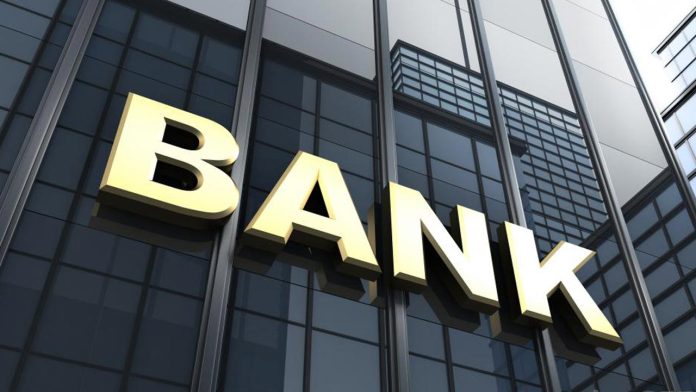
The capital buffers of banks in the country are expected to deteriorate further in 2024, compared to peers in sub-Saharan Africa, a new report by Fitch Solutions has predicted.
The report explained that this was because countries like Côte d’Ivoire and Nigeria would see an improvement in their Capital Adequacy Ratio (CAR) in the coming quarters as a result of improving economic conditions, with Nigerian banks especially building up capital buffers using their foreign currency revaluation gains.
The report further indicated that while it expects some banking sectors in the region, such as South Africa and Kenya, to experience falling capital levels, these would be less pronounced than Ghana’s capital deterioration.
The country’s banking industry was hardly hit by the Domestic Debt Exchange Programme (DDEP), which saw the government swap bonds worth GHS82 billion for 12 new ones at reduced coupon rates and longer tenors.
This affected the liquidity and capital of banks in the country, with the Bank of Ghana giving all banks three years to recapitalise.
The banks have since submitted their capital restoration plans to the BoG, with the central bank indicating that it was so far satisfied with all the plans submitted by the banks.
In its report, Fitch noted that banks in Ghana are expected to build up capital buffers in the coming months to account for further losses occasioned mainly by the DDEP.
The move is also a safeguard as they provision for worsening loan quality, the report also indicated.
The Ghanaian financial sector has been in severe distress, characterised by an insolvent banking system as a result of the DDEP, a banking expert, Dr Richmond Atuahene said in a study.
Using the 16 per cent discount rate for the Net Present Value calculation for government bonds, the Domestic Debt Exchange Programme losses of 22 banks stood at ¢37.7 billion, with the private domestic banks and state-owned banks accounting for losses of ¢19.9 billion while foreign-owned banks accounted for ¢17.8 billion.
The DDEP impairment losses have technically rendered some of Ghanaian locally-owned banks insolvent, and it would require additional capital support from shareholders or full participation in the Ghana Financial Stability Fund.
Capital adequacy ratio
The Fitchsolutions report said the capital adequacy ratio (CAR) of Ghana’s banking sector stood at 14.2 per cent in August last year for the third month while some of the largest banks in Ghana saw their CAR increase between the second quarter (Q223) and third quarter (Q323).
The banking sector has seen a considerable deterioration in capital since April 2022, as a result of losses on investments, especially government securities, and increases in the risk-weighted assets of banks, from currency depreciation and credit growth.
Loan quality
With respect to the quality of loans in Ghana, Fitchsolutions expects that to deteriorate further in the coming months, although banks will try to improve their loan books.
The sector’s non-performing loans (NPLs) ratio has risen sharply from 14.0 per cent in October 2022 to 20.0 per cent in August 2023, as an economic environment of high-interest rates, inflation and weaker economic growth weighed on consumers’ ability to repay loans.
Rising bad debts and weak loan growth in the first half of the year (H124) will lead to further deterioration in loan quality.
However, loan quality should start to improve in the second half of the year (H224), as the economic environment improves and banks make a concerted effort to improve it by reducing exposure to certain sectors.
Fitch solutions said the sector’s NPL ratio is considerably higher than its peers, and the gap will widen as other banking sectors find it easier to improve their loan quality.
Story By Graphic.Com.Gh


























